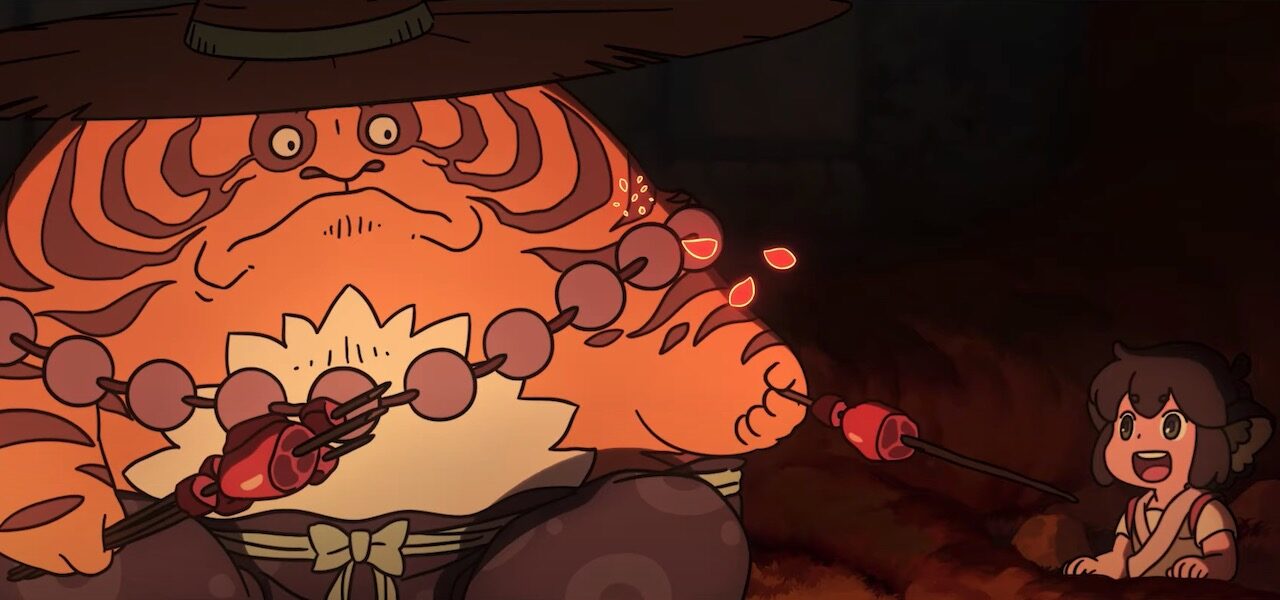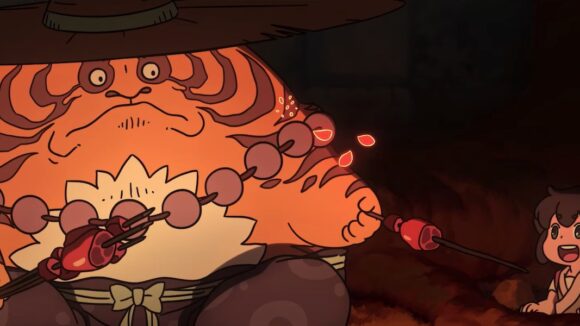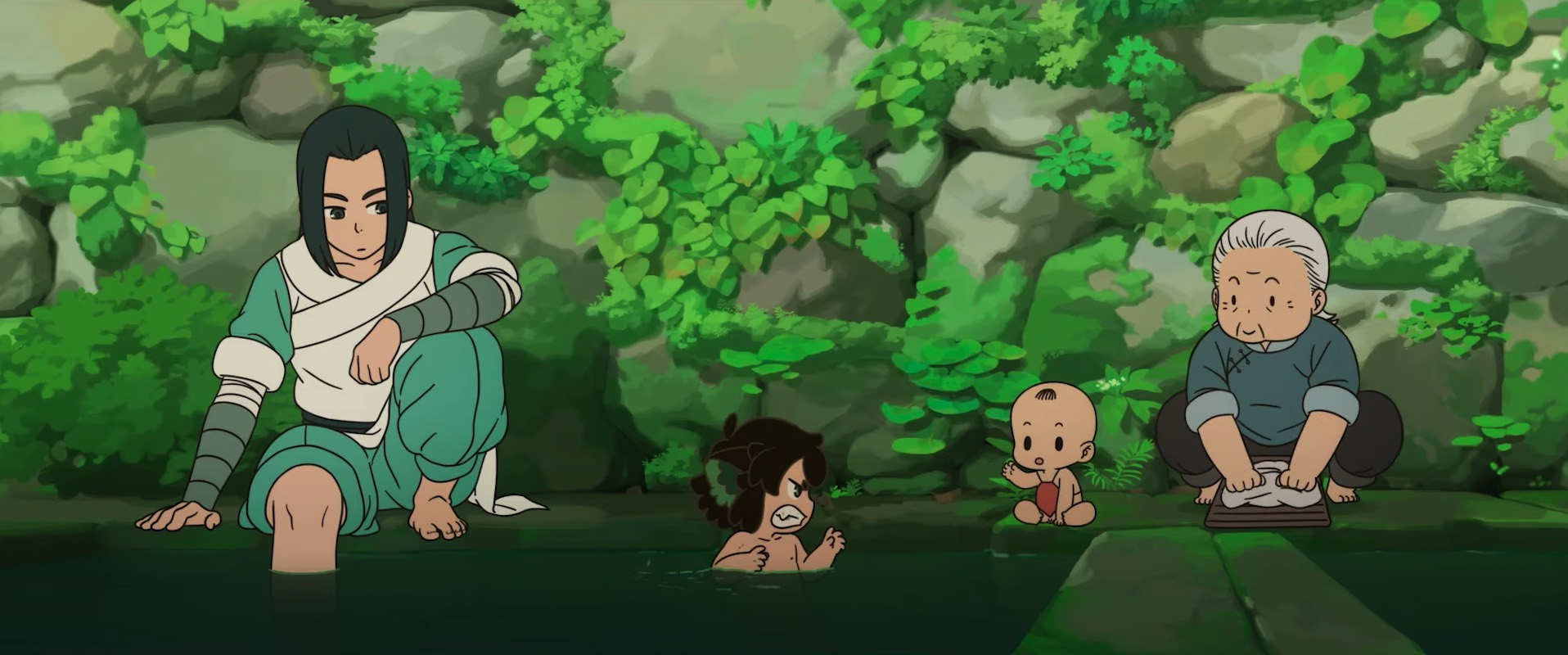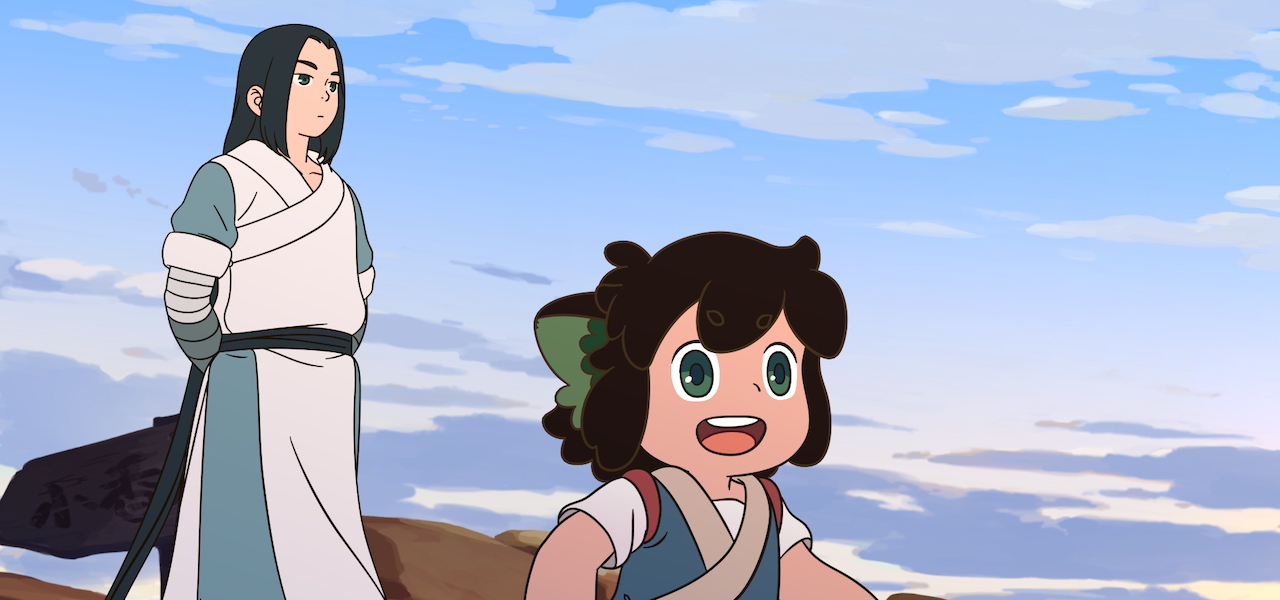

‘The Legend Of Hei’ Review: Spirits Clash And Coexist With Humans In This Refined Chinese Fantasy
A push and pull between environmentalism and admiration of human habitats runs through The Legend of Hei, evoking similar themes in other fantasies like it. The film, first released in Chinese cinemas in 2019 and debuting today in North America on digital platforms via , stages a clash between the spiritual world and the modern.
Its themes of spirituality alongside human ambition and technologies, its combat tied to the elements, and its goofy sense of humor will likely remind Western viewers of Nickelodeon’s Avatar: The Last Airbender and The Legend of Korra. But while there’s a lot of familiar material in the film, it rarely feels derivative thanks to its strong world-building, visual creativity, and sheer charm.
The Legend of Hei realizes a world where spirits and humans have both combated each other and coexisted for centuries. The story is set in the modern day, as various ancient spirits have either hidden away from civilization or learned to blend in.
This mix of myth and modernity will likely be familiar to those who have seen Chinese filmmaker MTJJ’s Flash-animated web cartoon The Legend of Luo Xiaohei, to which The Legend of Hei, also directed by MTJJ, is a prequel. The film examines the past of the eponymous spirit Luo Xiaohei (or “Hei”) and where he fits amongst his warring spiritual brethren. Humans seem set to be the villains, but writers MTJJ and Kexin Peng refuse to declare anyone wholly right or wrong.
The initial setup is simple enough: Hei’s carefree existence in the forest amongst Ghibli-esque sprites is disturbed by deforestation, which forces them to hide in the city. Not long after being taken into a found family of fellow spirits, Hei is kidnapped by the taciturn human warrior Wuxian (“Infinity” in English).
They gradually soften to one another, as Wuxian teaches Hei how to harness his latent power to manipulate space and time, and helps him see the better qualities of the human world. Through those teachings, the film works as a great jumping-on point for the series, concisely leading Hei and the audience through the world’s fascinating intersection of myth and modernity.

The film’s art style is refined. The character drawings have an enticing mix of elegance and cartoonishness about them, making the frequent visual jokes — such as a cutaway gag to an ancient warrior tapping away on a smartphone — feel more natural. The film has a lot of fun with the interplay between ancient societies and modern-day mundanities.
The visual inventiveness and precision of the film, which was produced over five years, is most apparent in the often astonishingly fast-paced action, as each fight matches the dynamism of its shape-changing characters. At first, some spatial clarity is lost in the emphasis on speed as they zoom across rooftops and subway trains.
But as the film goes on, it regains that clearness as the cuts of action become a little longer, following the characters as they leap and pirouette through each space. The use of color remains striking throughout, the neon hues of magic or city lights contrasted against naturalistic background art. By comparison, the characters are colored with uncomplicated, often single-tone shading, as befits their cartoonish style.

It’s a shame that the English dub is cursed by frequently flat voice direction — in many instances, the line deliveries sound awkwardly prompted. This becomes especially intrusive as an exponential number of new characters emerge to deliver more and more exposition. Thankfully, the film’s expert comic timing keeps scenes moving along at a breezy clip. And even as the film flits between cute jokes and earth-shaking action, this is never allowed to undermine the narrative’s emotional stakes.
The film perhaps moves too briskly through its plot to give much space to its counter-arguments against Hei’s hatred and fear of human destructiveness. Even then, it’s thrilling to witness the film’s emotional complications expand into Akira levels of city-destroying mayhem.
Overall, The Legend of Hei’s visual splendor and flexibility feel at one with its narrative twists. At first, the film seems almost misanthropic in its environmentalism, but instead it seeks a message of harmonious balance.
Shout! Studios released “The Legend of Hei” on digital platforms today. It will be available on dvd and Blu-ray/dvd combo pack on May 11 in North America.
